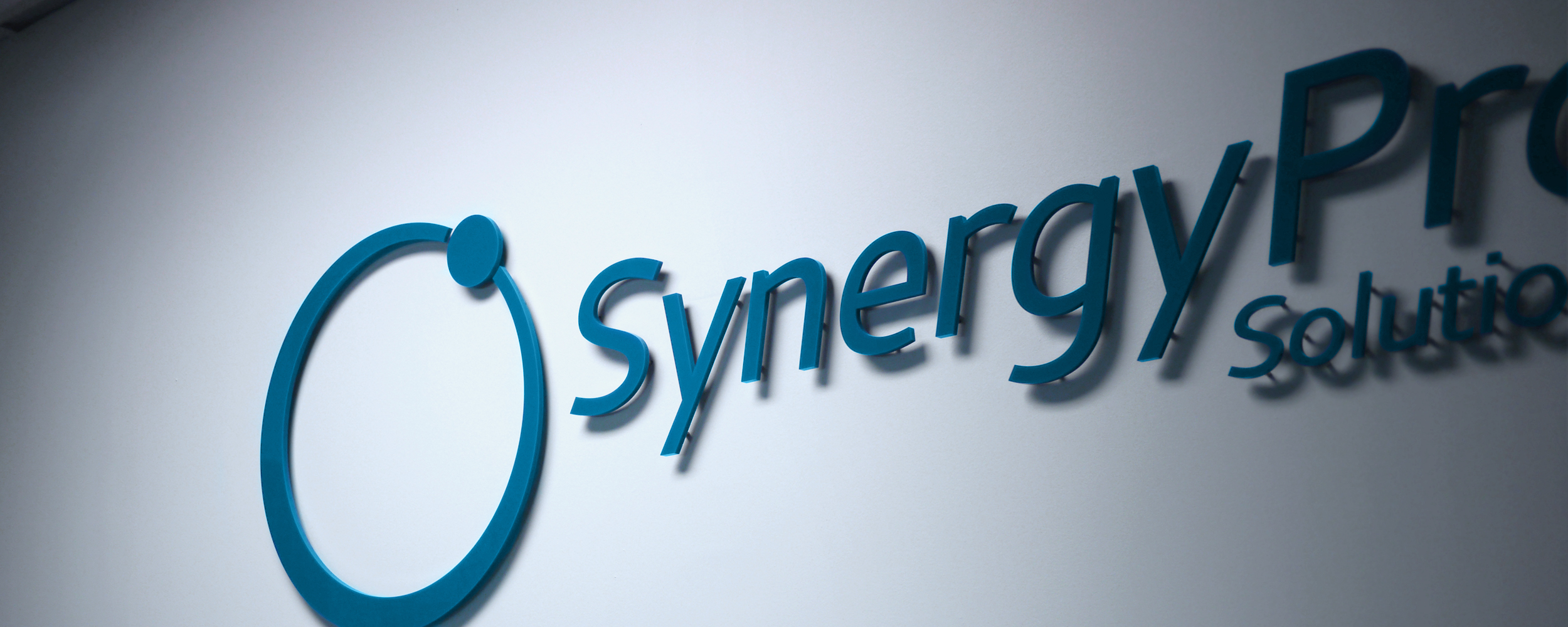
Design
The design phase is always the most anticipated phase in the project because humans are such visual creatures. We begin this phase with an initial composition of the Home page. In it we explore the keystones of good design while keeping to the relevant guidelines created in the discovery phase. We take into account brand, target audience(s), atmosphere, precedence and architecture to ensure that we present your great content within the parameters of exceptional user experience. Once the initial design is approved we continue the process and apply the same principles to each additional page of the site.
An image can say a thousand words, so a web page can say a thousand words about your company. We always look forward to unveiling our first design composition to our clients because 9 times out of 10 we hit the nail right on the head. The discovery phase is the biggest reason for this early success.
In the initial composition we explore all the keystones of good web design while keeping within the design brief, project goals, information architecture, and functional requirements. End user considerations include:
-
Users appreciate quality
A website can look incredible, pixel perfect, great use of white space, an inspiring colour palette, but if the content is weak none of that matters. Users can forgive bad design for great content but it doesn’t work the other way around. At SynergyPro Solutions we will help ensure your content is original and exceptional.
-
Nobody reads anymore, they scan
Studies show that typical internet users scan a webpage in an “F” or an “E” pattern starting from left to right and from top to bottom. The initial point of interest depends on designer’s use of space, colour, emphasis and the like but generally the closer to the top-left corner the more attention an element gets.
-
Users require instant gratification
The more thinking and waiting involved in navigating a website the less time will be spent visiting it, the fewer pages will be loaded and, by deduction, the less products or services will be purchased. If the pages don’t load right away, and if your customers have to think about where they are and how to get what they want, then the design phase has failed. When planning application service providers, navigation and page logistics a designer must always keep in mind that end users will only give you a few seconds to satisfy them before they find a competitor, and chances are they will never return.
-
Users don’t make predictable choices
They don’t study the entire web page in order to make the most informed clicks, they don’t take the time to make mental notes to eventually come back to the best navigational choice. They normally jump on the first reasonable link or option which appears to come close to what they’re looking for, so be smart about where in the content funnel each page lives and ensure that the most obvious choices are presented first and make them blatant.
-
Users need control
Users get comfortable with their own limited knowledge of technology and it’s hard to ‘teach’ them differently, so don’t try to steer them in the right direction. The habits they have acquired over time are hard to break so let them be in charge. Keep tools and innovation to a minimum, and never steal control of their browsers. They rely on things like back buttons, close buttons, and use popups sparingly.
Apart from traditional design criterion there are many unspoken rules to website design, differentiating it from print design and other mediums. A website is a living, breathing entity; the medium is interactive, page layouts adjust to varying resolutions, features manage changing content and websites even stores user information and makes decisions based on user preference and history.
Back to About Us Step 2 - Strategize Step 4 - Approval
